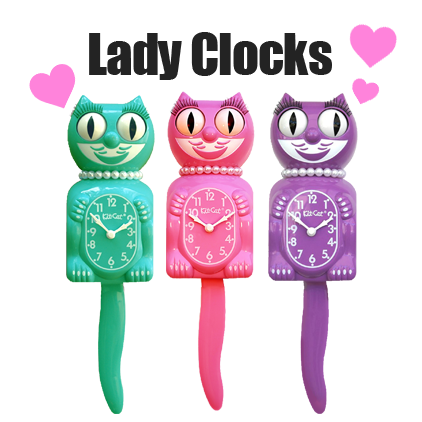Designing Effective Retail Displays: Captivate Customers and Drive Sales
In the competitive world of retail, capturing customers’ attention and influencing their purchasing decisions is paramount. One powerful tool at the disposal of retailers is the design of effective retail displays.
These displays serve as visual merchandising strategies aimed at captivating customers, showcasing products, and ultimately driving sales. In this article, we will explore the key elements and strategies involved in designing effective retail displays that have the potential to captivate customers and boost sales.
Contents [hide]
Understanding the Target Audience
Before embarking on designing retail displays, it is crucial to have a deep understanding of the target audience. Analyze their demographics, preferences, and shopping behaviors to tailor the display accordingly. By aligning the display with the desires and expectations of the target audience, retailers can create a compelling visual experience that resonates with potential customers.
Focus on Visual Appeal
Visual appeal is the foundation of an effective retail display. Use color, lighting, and attractive visual elements to create an inviting and eye-catching display. Utilize contrasting colors to draw attention to specific products or promotions.
Visual appeal helps with getting more attention. You can achieve this by using signages, tools, displays, etc. You can get all these from reliable sources such as valentinos shop displays. Experiment with lighting techniques to highlight key features or create an ambiance that aligns with the brand image.
Product Placement and Grouping
The arrangement of products within a retail display is crucial for optimizing sales. Employ strategic product placement techniques, such as placing high-demand items at eye level to maximize visibility and accessibility. Group complementary products together to encourage additional purchases and cross-selling opportunities. The flow of the display should guide customers through a logical path, leading them to explore and discover more products.
Tell a Story
Retail displays can go beyond showcasing products; they can tell a story and create an emotional connection with customers. Develop a theme or narrative that aligns with the brand and the products being displayed. This storytelling approach can evoke emotions, engage customers on a deeper level, and leave a lasting impression. Incorporate signage, graphics, or even interactive elements to enhance the storytelling experience.
Keep it Fresh and Relevant
To maintain customer interest, it is essential to regularly update and refresh retail displays. Stagnant displays can become mundane and fail to capture attention. Stay informed about seasonal trends, holidays, or relevant events to create timely and relevant displays. Experiment with different layouts, themes, and product combinations to keep the shopping experience dynamic and exciting.
Consider Space and Layout
Optimizing the use of available space is crucial when designing retail displays. Consider the store’s layout, traffic flow, and available floor area to create displays that seamlessly integrate with the overall store design. Balance the density of the display to avoid overcrowding or sparse arrangements. A well-thought-out layout allows customers to navigate the display easily, promoting exploration and engagement.
Monitor and Measure
To determine the effectiveness of retail displays, it is essential to monitor and measure their impact on sales. Track sales data before and after implementing a display to evaluate its performance. Analyze customer feedback, observe their behaviors within the store, and gather insights to fine-tune future display designs. Continuous monitoring and measurement provide valuable insights for improving future displays and maximizing sales potential.
Conclusion
Designing effective retail displays is an art that combines creativity, customer psychology, and strategic thinking. When executed well, these displays have the power to captivate customers, enhance the shopping experience, and ultimately drive sales.
By understanding the target audience, focusing on visual appeal, telling a compelling story, and regularly refreshing displays, retailers can create an environment that entices customers and boosts their bottom line. So, harness the potential of retail displays and unlock new opportunities for success in the competitive retail landscape.




